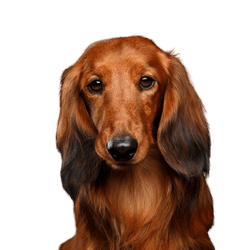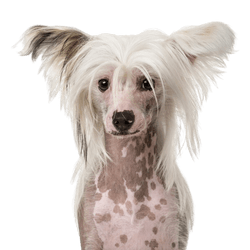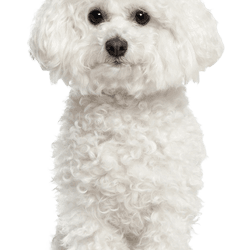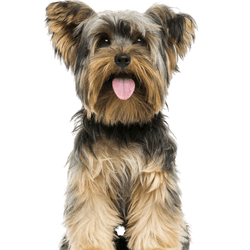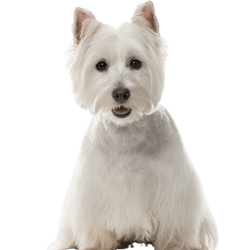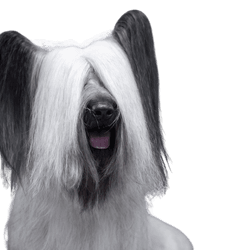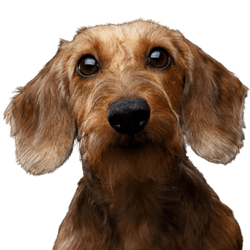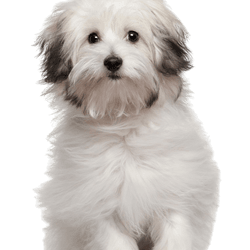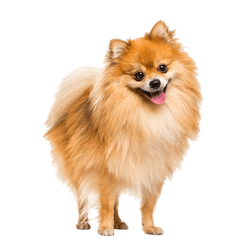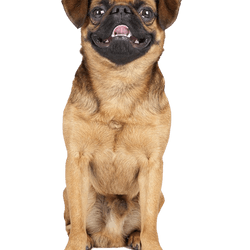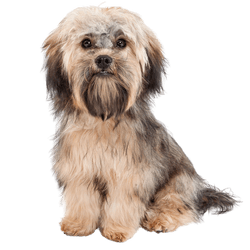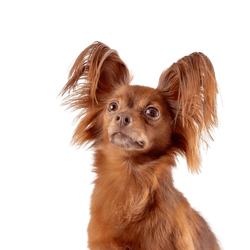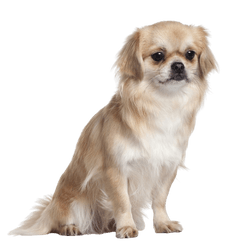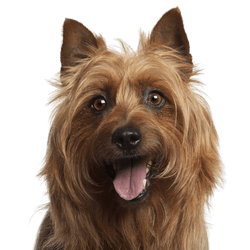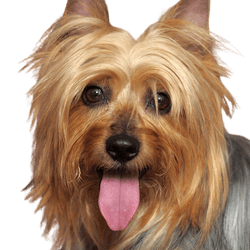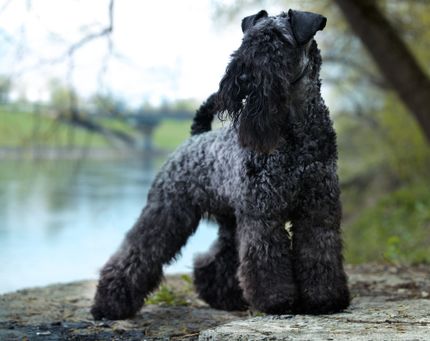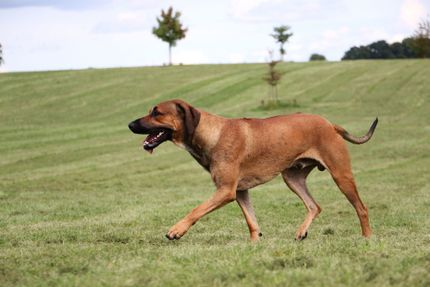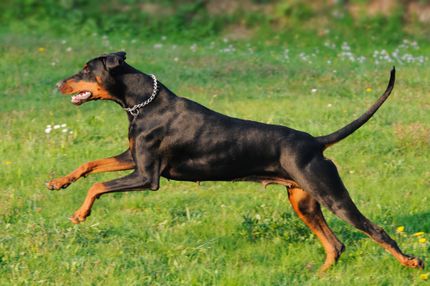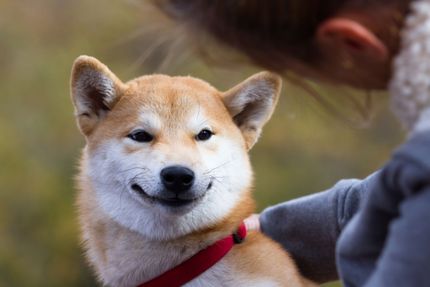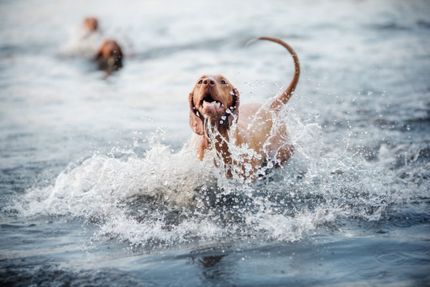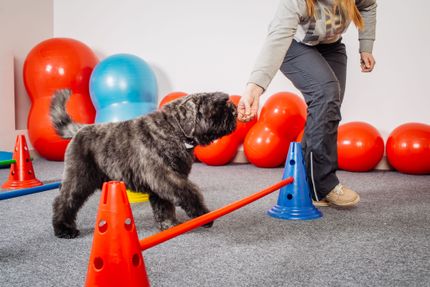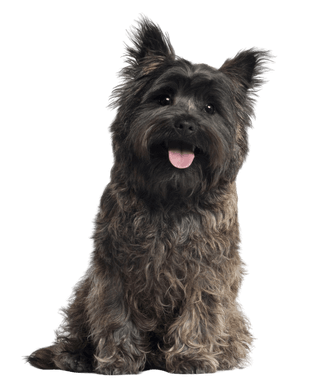
Cairn Terrier Breed description: Character & Co
Cairn Terrier
Facts & Origin
What is the origin of the Cairn Terrier?
The Cairn Terrier is an old dog breed from Scotland. Already centuries ago it accompanied its owners on the hunt, whereby the "blasting out" of martens or foxes was its specialty. Thanks to their small build, they were able to follow the game into the last corner of their dens and no terrain proved too rough for them. Just like the Scottish, Skye and West Highland Terrier, it descends from the short-legged Terriers that have populated Scotland for centuries. It was not until the beginning of the 20th century that the separation took place with the entry of a breed representative in the stud book in 1907, and only five years later the Cairn Terrier was already recognised as a breed of its own.
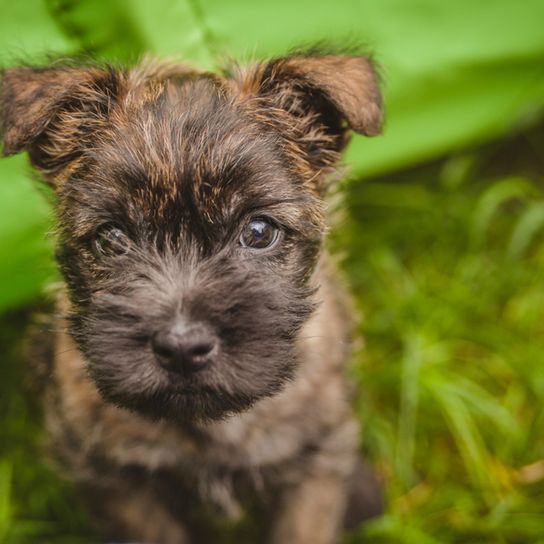
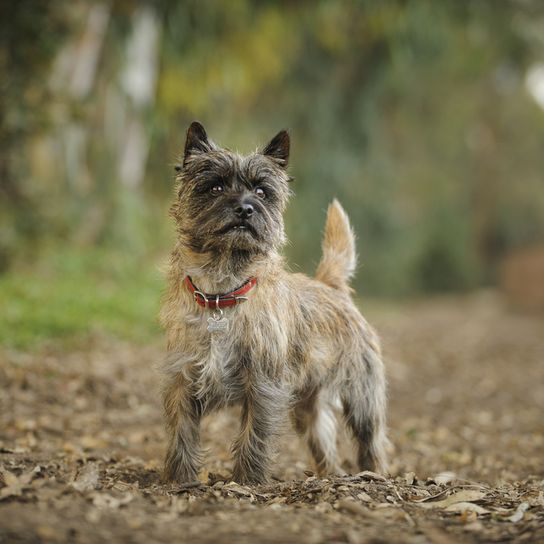
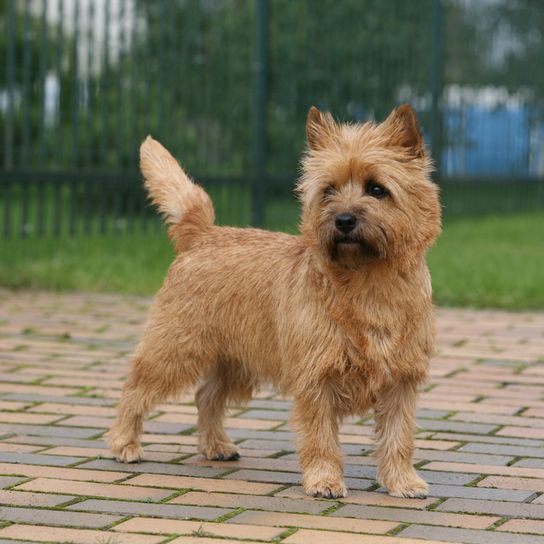
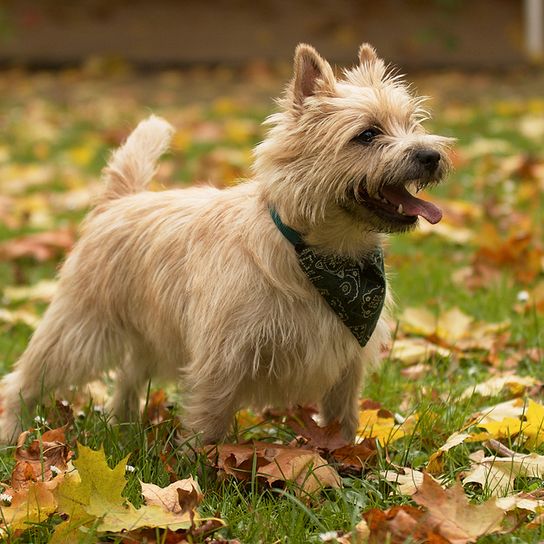
| Alternate Name | - |
| Origin | Scotland |
| Life expectancy | 12 - 15 years |
| Care requirements | low-maintenance |
| Activity level | average |
| FCI group | Small sized Terriers |
| AKC group | Terrier Group |
| KC group | Terrier Group |
Cairn Terrier mixes
Attitude, character and temperament of the breed
What are typical characteristics of Cairn Terriers?
The small Cairn Terrier can be kept in a city apartment as well as on the countryside, provided they can live out their temperament. The lively breed is not suitable for couch potatoes. According to its origin, the Cairn Terrier is an eager working dog, longing for mental and physical activity. If you don't have enough time for them one day, the little dog will certainly forgive you, as long as you make up for it with a trip into nature the next day. Here the furry friend is in its element: Your four-legged friend is happiest, when they can sniff around to its heart's content.
You shouldn't leave them alone in the garden for too long. As a passionate digger, they might otherwise dig up your green oasis. Since the four-legged friend does not lack in self-confidence, consistent training is worthwhile. It is patient with children, however with small children it is important to keep their dominant disposition under control. Unlike other Terrier species, it is not a bully: If early socialisation takes place in a puppy school, it will get along well with other dogs.
Character
Usage

Health and breeding information
What are typical diseases of Cairn Terriers?
There are hardly any hereditary diseases known for this rare breed. Here are some health problems that can occur from time to time:
- Glaucoma: a painful eye disease that damages the optic nerve and retina
- Roll-Lid: malposition of the eyelid, often resulting in conjunctivitis
What should be considered in regards to Cairn Terrier breeding?
You can get information about this relatively rare dog breed at the Austrian Club for Terriers. Before you get a Cairn Terrier puppy, ask about the origin of the parent animals. A serious Cairn Terrier breeder will willingly show the pedigrees of their parent animals and provide health certificates. As eye diseases are sometimes found in the breed, pay special attention to the visual organ. If it is watering or the lower eyelid is drooping, it may be a congenital defect. Do not be surprised if the breeder also asks you some questions. After all, they want their animals to end up in good hands. Usually they will have their puppies chipped, vaccinated and dewormed after the eighth week of their lives.


What are the breed characteristics of Cairn Terriers?
The Cairn Terrier stands out with its rustic appearance, which has not changed much over the centuries. Muscular legs enable them to be surprisingly agile despite their small size. Their broad head is also a trademark. With the shaggy eyebrows and the distinctive beard, the little dog has a cheeky look. Typical for the breed are also the upright carried, rather short tail and the triangular standing ears.
Appearance and coat of the Cairn Terrier?
Typical for the Cairn Terrier is a harsh and dense top coat, which also thickly covers their face. Underneath the weatherproof coat there is a soft undercoat, which protected them in their homeland Scotland from the often harsh weather conditions. The colours of the Cairn Terrier are reminiscent of the landscape of their homeland Scotland, which is characterised by partly rugged rocks. This is also where their name comes from: The "Cairn" is the name given to artificially created hills of scree and rubble in the British Isles. You can buy a Cairn Terrier in sand, slate or dark grey as well as shades of red. Also brindle animals are allowed according to the breed standard. Your pet often shows dark markings on the ears and muzzle. One of the advantages of the Cairn Terrier is that it does not shed much. The coat care is generally easy, it is enough to brush them with a comb two or three times a week. A special Terrier brush is an alternative. Two to four times a year you should have your four-legged friend trimmed. In doing so, dead hair is plucked out and new growth is stimulated. If you have the procedure shown to you in a dog salon, you can also trim your four-legged friend yourself later.
What is the average size of a Cairn Terrier?
They reach a shoulder height of 28 to 32 centimeters
How much does a Cairn Terrier weigh?
An average Cairn Terrier weighs six to eight kilograms.
What is the life expectancy of a Cairn Terrier?
Cairn Terriers live to be 12 to 15 years old.
| Fur length | short |
| Fur | rough-haired |
| Ear shape | Standing Ears |
| Tail | short |
| Anatomy | strong, hefty |
| Size ♀ | 23 - 30 cm |
| Weight ♀ | 6 - 8 kg |
| Size ♂ | 25 - 33 cm |
| Weight ♂ | 6 - 8 kg |
| Suitable For | Children, Seniors |
Colors
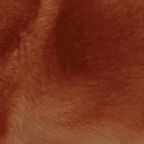
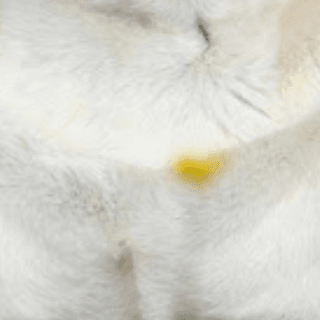
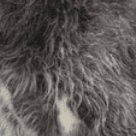
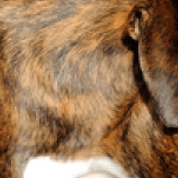

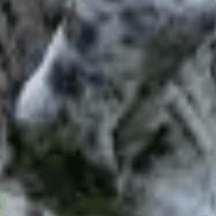
Known Diseases
Joint problems
Especially due to overweight, joint problems can occur in dogs.
Other small dogs
Useful Articles
You can find articles that might interest you in the dogbible blog to match your favorite breed.
Visit our magazineto stay up to date on dog trends.
To find out more, view our Privacy Policy
Find here the breed that suits you and find out what character traits it has. Here you can also learn more about the origin, size and weight of your favorite breeds.
Matching your favorite breed, you'll find articles that might interest you on the dogbible dog blog.
Dog kennel: building, buying, advantages, tips
Biting power in dogs: These 7 breeds have the most power



